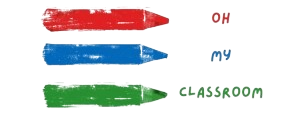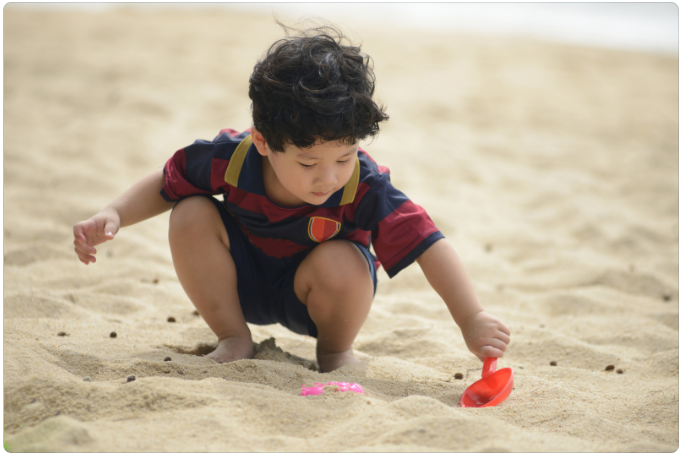Engaging in desert activities not only sparks curiosity but also cultivates an understanding and appreciation for the environment.
From discovering hidden treasures in the sand to observing desert creatures up close, there’s no shortage of enriching experiences awaiting curious minds.
We’ll delve into captivating desert activities for preschoolers, ensuring both fun and learning go hand in hand in the arid wonderland.
Sand Treasure Hunt:
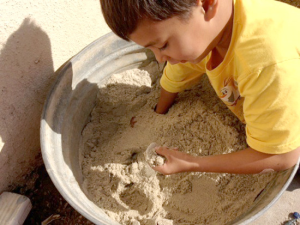
Embark on a thrilling sand treasure hunt that combines adventure and exploration. Provide preschoolers with shovels, buckets, and magnifying glasses to search for hidden gems buried beneath the desert sands. Bury small toys, colorful stones, or even seashells to pique their curiosity. As they dig and sift through the sand, encourage them to use their observation skills to identify the treasures they uncover. This activity not only fosters sensory development but also enhances fine motor skills and imaginative play. As they proudly unearth their findings, take the opportunity to discuss the concept of hidden treasures and the desert’s mysterious nature.
Desert Animal Safari:

Invite young adventurers to embark on a desert animal safari by creating a mini wildlife exploration. Set up a collection of desert animal figurines or stuffed toys in a designated play area resembling a desert habitat. Encourage preschoolers to observe, compare, and learn about animals like camels, snakes, lizards, and more. Share interesting facts about these creatures to inspire their fascination. Additionally, incorporate simple crafts like making paper plate masks of desert animals to spark their creativity and further immerse them in the experience.
Cactus Art and Craft:

Engage preschoolers in a hands-on cactus-themed art and craft session. Provide them with green construction paper, scissors, glue, and assorted craft materials. Help them cut out cactus shapes and decorate them with tissue paper, pom-poms, and markers to mimic the vibrant hues of desert flora. This activity not only encourages artistic expression but also introduces the concept of desert plant life. Use this opportunity to discuss how cacti survive in the arid environment, using their unique adaptations to store water.
Related: 25 Captivating Show and Tell Letter C
Sand Painting Creations:
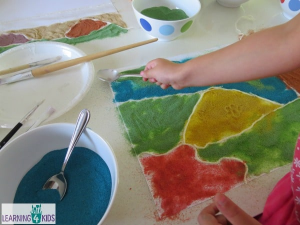
Unleash preschoolers’ creativity with sand painting, a tactile and visually appealing activity. Offer various colors of sand in small containers and provide glue or adhesive paper to create sand art masterpieces. Children can design patterns, shapes, and scenes by sprinkling the colored sand onto their artwork. This activity promotes fine motor skills, color recognition, and artistic exploration. Discuss the significance of sand in the desert ecosystem and its role in shaping the landscape over time.
Desert Diorama Building:
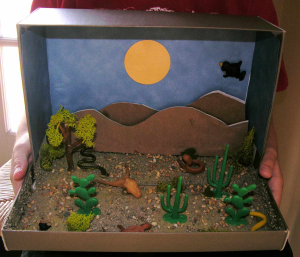
Encourage preschoolers to construct their own desert dioramas using shoeboxes, craft materials, and figurines. Guide them in creating a three-dimensional representation of a desert landscape, complete with sand, rocks, and desert-dwelling animals. This activity stimulates cognitive skills as children plan and arrange the elements within their dioramas. Encourage them to tell stories about the animals and their desert habitat, fostering language development and imaginative play. As they work on their dioramas, share age-appropriate insights into desert geography and the importance of conservation.
Sun Print Art:
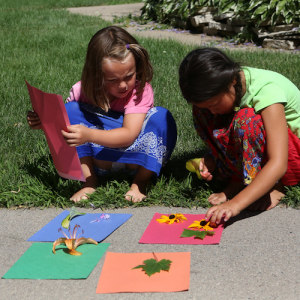
Introduce preschoolers to the concept of sunlight and its effects with sun print art. Provide them with light-sensitive paper and various objects from the desert environment, such as leaves, twigs, and rocks. Head outdoors on a sunny day lay the objects on the paper, and leave them in the sunlight for a few minutes. When the paper is developed, the areas covered by the objects will remain white while the exposed areas turn blue. This activity not only demonstrates the power of the sun but also allows children to create unique nature-inspired prints.
Desert Sensory Bin:

Create a sensory bin filled with desert-themed materials to engage preschoolers’ senses. Fill a large container with sand, small rocks, faux cacti, and toy animals. Add scoops, shovels, and cups to encourage tactile exploration and imaginative play. As children manipulate the materials, they’ll develop sensory awareness and fine motor skills. Use the sensory bin as a starting point for discussions about the desert environment, its features, and the animals that call it home.
Related: 20 Easy Indoor Crafts for 2 Year Olds
Shadow Play:
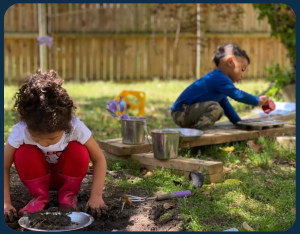
Make the most of the desert’s abundant sunlight by engaging preschoolers in shadow play. Set up a designated area outside and provide various objects like toys or cut-out shapes. As the sun casts shadows, children can experiment with positioning the objects to create different shadow patterns. This activity not only teaches them about the relationship between light and shadows but also offers a creative way to interact with the natural elements.
Desert Plant Exploration:

Introduce preschoolers to the fascinating world of desert plants through hands-on exploration. Gather a variety of desert plant samples, such as cactus pads, leaves, and dried seeds. Invite children to touch, observe, and even smell these plants (if safe) while discussing their unique characteristics and adaptations. Consider incorporating a simple planting activity where children can pot small cactus or succulent plants to take home and care for, fostering a sense of responsibility and connection to nature.
Desert Sand Play Dough:
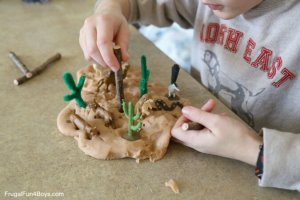
Combine sensory play with creativity by making desert-themed sand play dough. Prepare a batch of play dough and mix in sand to mimic the texture of desert soil. Provide children with desert-themed cookie cutters, toy animals, and small rocks to incorporate into their play dough creations. This tactile activity promotes fine motor skills, and imaginative play, and introduces the concept of sand as a natural element.
Desert Sand Art Sculptures:
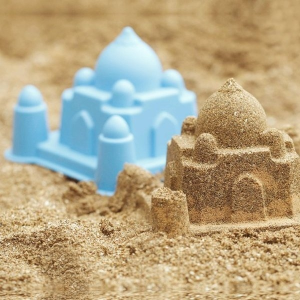
Turn the desert sand into a canvas for a sculpture by providing preschoolers with molds or containers of various shapes and sizes. Let them pack sand into the molds to create unique sand art sculptures. Encourage them to experiment with different techniques, such as building layers or carving patterns. This hands-on activity promotes spatial awareness, creativity, and sensory exploration while also giving children a chance to interact with the desert-like environment.
Constellation Stargazing:

During the evening, explore the desert’s dark skies with a simple stargazing activity. Lay out blankets and pillows to create a comfortable stargazing spot. Point out constellations and tell stories about them, connecting the desert’s open landscape to the vastness of the night sky. Use a stargazing app to identify stars and planets, and encourage children to share their observations and wonderment about the universe.
Desert Science Experiments:

Engage preschoolers in fun and educational desert-themed science experiments. For example, demonstrate the concept of water scarcity by placing a container of water in the sun and observing its evaporation over time. Another idea is to build a mini sand dune and show how wind shapes the landscape. These hands-on experiments teach basic scientific principles while relating them to the desert environment.
Desert Landscape Painting:
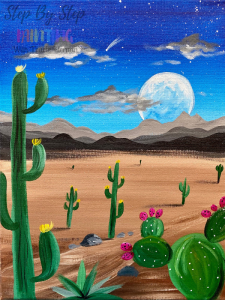
Inspire budding artists by guiding them in creating their own desert landscape paintings. Provide them with watercolors or acrylics and encourage them to paint their interpretation of a desert scene. Discuss the colors, textures, and shapes commonly found in desert environments. This activity encourages artistic expression, fine motor skills, and an appreciation for the beauty of the desert’s natural forms.
Desert Counting Rocks:
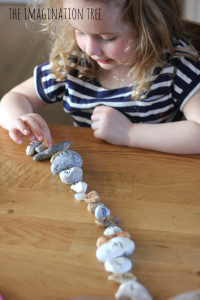
Combine math and sensory play by introducing a desert-themed counting activity using small rocks. Provide preschoolers with a collection of rocks and encourage them to count and group the rocks in various ways, such as by size, color, or shape. Incorporate storytelling by imagining the rocks as desert treasures or animal homes. This activity enhances counting skills, promotes mathematical thinking, and offers a tactile learning experience.
Desert Sound Safari:
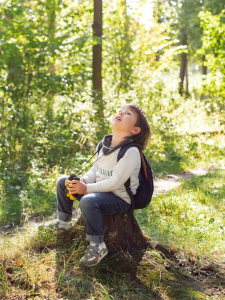
Immerse preschoolers in the auditory experience of the desert with a sound safari. Take them outdoors and encourage them to close their eyes and listen carefully to the sounds around them. Ask them to identify and describe the sounds they hear, such as the rustling of leaves, the chirping of birds, or the distant hum of insects. This activity heightens their sensory awareness and fosters an appreciation for the subtle sounds of the desert environment.
Desert Water Conservation:

Discuss the importance of water conservation in the desert environment with preschoolers. Engage them in a hands-on water-saving activity, such as collecting rainwater in containers or using a spray bottle to water plants efficiently. Discuss how plants and animals have evolved to use water efficiently in the desert. This activity promotes environmental awareness and encourages responsible behavior.
Desert Memory Game:

Create a desert-themed memory game to challenge preschoolers’ memory and cognitive skills. Prepare a set of cards featuring pairs of desert animals, plants, or landscape elements. Place the cards face down and encourage children to take turns flipping them over to find matching pairs. As they play, share interesting facts about each card’s subject, enhancing their knowledge of desert life.
Desert Mini Ecosystems:
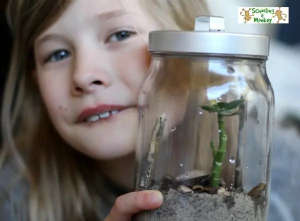
Demonstrate the concept of ecosystems by creating mini desert ecosystems in jars or clear containers. Layer sand, rocks, and small plants represent different levels of the desert habitat. Add plastic toy animals to complete the scene. Discuss how each element interacts and depends on one another within the ecosystem. This activity introduces ecological concepts in a tangible and visual way.
Desert Habitat Collage:

Wrap up your desert activities with a creative desert habitat collage project. Provide preschoolers with magazines, colored paper, glue, and scissors. Ask them to cut out images of desert animals, plants, and landscapes from the magazines and arrange them on a larger piece of paper to create a desert scene. This craft encourages visual creativity and reinforces their understanding of the various components of the desert ecosystem.
